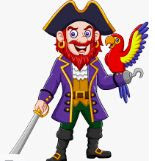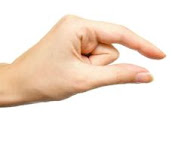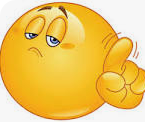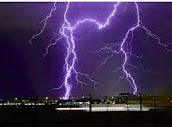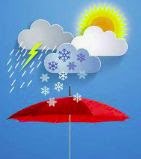[purchase]
There are lots of talented musicians who have had zero professional success, and there are many reasons for that. On the other hand, sometimes just being in the right place at the right time can lead to a place in rock history—even a spot in the Rock & Roll Hall of Fame.
Joe B. Mauldin is a name that is probably unknown to many, even die-hard rock fans. But, as the bass player of The Crickets, backing up Buddy Holly, it is fair to say that he helped create rock & roll.
Mauldin grew up in Lubbock, and was friends with Holly and other musicians in the area. At 15, while still in high school, he played with a band called The Four Teens, which included another local musician, Larry Welborn, on guitar. When Holly made his legendary trek to Clovis, New Mexico, to record with producer Norman Petty, he brought along drummer Jerry Allison, rhythm guitarist Niki Sullivan and Welborn, with whom he had played in an earlier group, to play bass. They recorded a number of songs, including “That’ll Be The Day,” during those initial sessions.
But going forward, the band needed a permanent bass player, since Welborn had other commitments, and also wanted to play guitar. Welborn’s “Wally Pipp” moment came when Mauldin—all of 16 years old—replaced him in the band, soon to be named The Crickets, for boring contractual reasons. Welborn went on to a long, if obscure, musical career, and, if you believe him in this interview (and I do), he had no hard feelings. In fact, he even joined The Crickets briefly in the 1960s.
I’ve written before about the place that Buddy Holly has in my family (and also about the effect that Holly had on Don McLean), so I won’t repeat that here. Joe B. Mauldin, at the time he joined The Crickets, was considered only an adequate bass player—not as good as Welborn—but he was only 16, so let’s give him a break. And playing with Holly and Allison led to rapid improvement, until his playing influenced generations of rockers, including another group of young musicians in Liverpool called The Quarrymen (who, in tribute, changed their name to something also insect related).
The video above, from the Arthur Murray Party TV show, features a subdued Crickets, all gussied up for the occasion, including Mauldin, who was generally more animated in his live appearances. Not long after this, Holly moved to New York and severed ties with his band, who continued on, for years, even after Holly died.
Mauldin moved to Los Angeles in 1965 and became a sound engineer, mostly with Gold Star Studios, and worked with Phil Spector, Herb Alpert, Ike and Tina Turner and Leon Russell, while also backing country musicians as “Joe Benson Mauldin” and occasionally participating in Crickets-related reunions. Because he had sold his portrayal rights to another film that never got made, in the movie The Buddy Holly Story, Mauldin’s character is called “Ray Bob,” portrayed by actor Charles Martin Smith, maybe best known for his part in American Graffiti, or as a TV and movie director (drummer Allison, called “Jesse Charles” in the movie, hated his portrayal as a racist, borderline alcoholic).
The Crickets, including Mauldin, were inducted into the Rock & Roll Hall of Fame in 2012, joining Holly, who fittingly was inducted in the first class in 1986.
Joe B. Mauldin died on February 7, 2015, of cancer, in Nashville.
Thursday, January 7, 2016
In Memoriam: Joe B. Mauldin
Posted by Jordan Becker at 9:00 AM View Comments
Labels: Buddy Holly, In Memoriam, Joe B. Mauldin, The Beatles, The Crickets, The Quarrymen
Subscribe to:
Comments (Atom)





